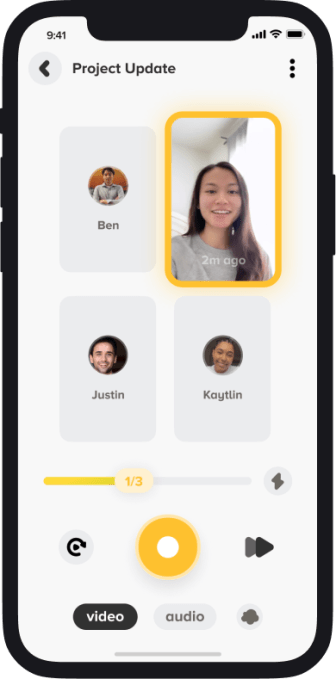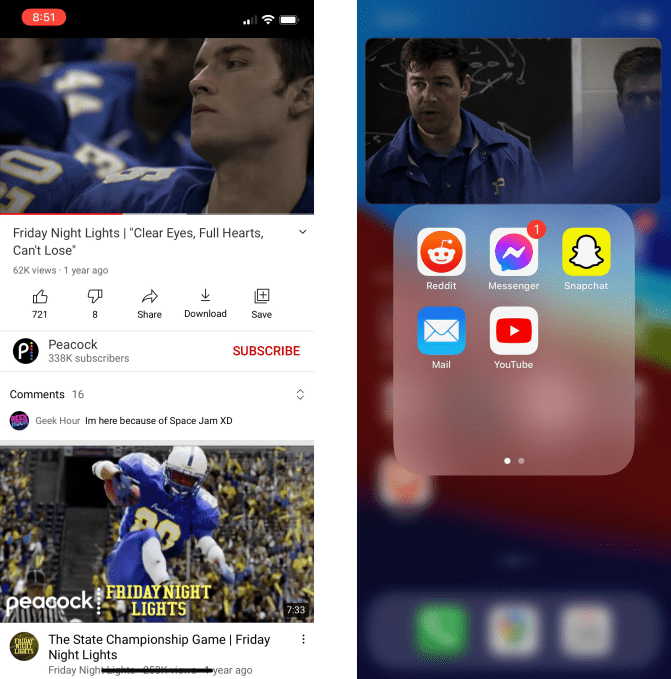News: After community backlash, Pokémon Go reinstates a COVID safety and accessibility feature
Pokémon Go announced yesterday that it will permanently keep an in-game feature that made the game easier to play while social distancing. Introduced at the onset of the COVID-19 pandemic, the feature doubled the interaction radius around key augmented reality landmarks that are essential to gameplay. Though Niantic — parent company to Pokémon Go —
Pokémon Go announced yesterday that it will permanently keep an in-game feature that made the game easier to play while social distancing. Introduced at the onset of the COVID-19 pandemic, the feature doubled the interaction radius around key augmented reality landmarks that are essential to gameplay. Though Niantic — parent company to Pokémon Go — removed the feature earlier this month, it chose to permanently reinstate it after weeks of community- and creator-led backlash.
Trainers – we’re looking forward to sharing our plans as a result of the task force on September 1, but one thing does not have to wait! From now on, 80 meters will be the base interaction radius for PokéStops and Gyms globally. (1/2)
— Pokémon GO (@PokemonGoApp) August 25, 2021
Pre-pandemic, Pokémon Go players needed to be within 40 meters of a PokéStop or Gym to interact with it, but with the now-permanent change, the radius is expanded to 80 meters. Incidentally, disabled players found that this feature made the game more accessible to people with limited mobility. As one of the first mainstream AR mobile games, Pokémon Go is virtually unplayable if you’re unable to travel to real-world landmarks like PokéStops and Gyms — so allowing users to interact with these landmarks from further away (for example, if a wheelchair-user can’t journey off of a paved sidewalk) opened the game up to new players.
Since Pokémon Go has long positioned itself as a game that encourages real-world exploration, worldwide lockdowns posed a unique challenge for Niantic. But by making some small changes — like expanding the interaction radius by just 40 meters, increasing Pokémon spawns, and making it easier to obtain more PokéBalls– the game became easier to play from home.
These changes didn’t break the game or contradict its adventurous spirit, which made the rollback of a well-loved upgrade confusing for players, especially in light of the spreading Delta variant. From a financial standpoint, the app thrived during the pandemic. In 2020, Pokémon Go had its best-earning year since its launch in 2016, earning over $1 billion. According to app analytics firm SensorTower, this upward trend continued for Pokémon Go in the first half of 2021 with $642 million. This marked a 34% increase in consumer spending compared to the first half of 2020, when it made $479 million.
Dear @NianticLabs your community needs you to address the recent in-game changes to #PokemonGO. #HearUsNiantic we love this game and the communities we’ve built together. This game thrives on inclusivity and diversity. Show us you understand that. pic.twitter.com/1N6EAaM5m2
— ZoëTwoDots
(@_ZoeTwoDots) August 5, 2021
After Niantic reduced the interaction radius, Pokémon Go content creators and community members worked together to write an open letter to Niantic, which caused the hashtag #HearUsNiantic to trend on Twitter. The letter expressed that the increased radius made the game safer, more accessible, and less intrusive.
Some players organized a boycott of the game on August 5th, which was referred to as “Pokémon No Day.” That same day, Niantic issued a response letter addressed to the Pokémon Go community.
“Encouraging people to explore, exercise and safely play together in person remains Niantic’s mission. The health and wellbeing of players is our top priority,” Niantic’s statement read. The company formed an “inter cross-functional team” to address these concerns and invited prominent Pokémon Go content creators to share community feedback. While expanding the interaction radius is the first result of the task force, Pokémon Go tweeted that it will share more findings on September 1.
TechCrunch asked Niantic why it initially chose to rebuke these gameplay updates despite positive community feedback, increased revenue, and an ongoing pandemic, but Niantic declined to comment.
Despite players’ visible negative response on social media, SensorTower told TechCrunch that it didn’t see any change in consumer spending or active users for Pokemon Go around the time of the in-game strike. However, there was a significant uptick in negative App Store reviews.
Though the wider interaction radius is now reinstated, some players remain frustrated, since community leaders had previously provided this feedback in June after Niantic announced its plans to roll back these changes.
“Why did it have to take this giant community movement for any of our feedback to be heard?” said creator ZoëTwoDots in a YouTube video.





